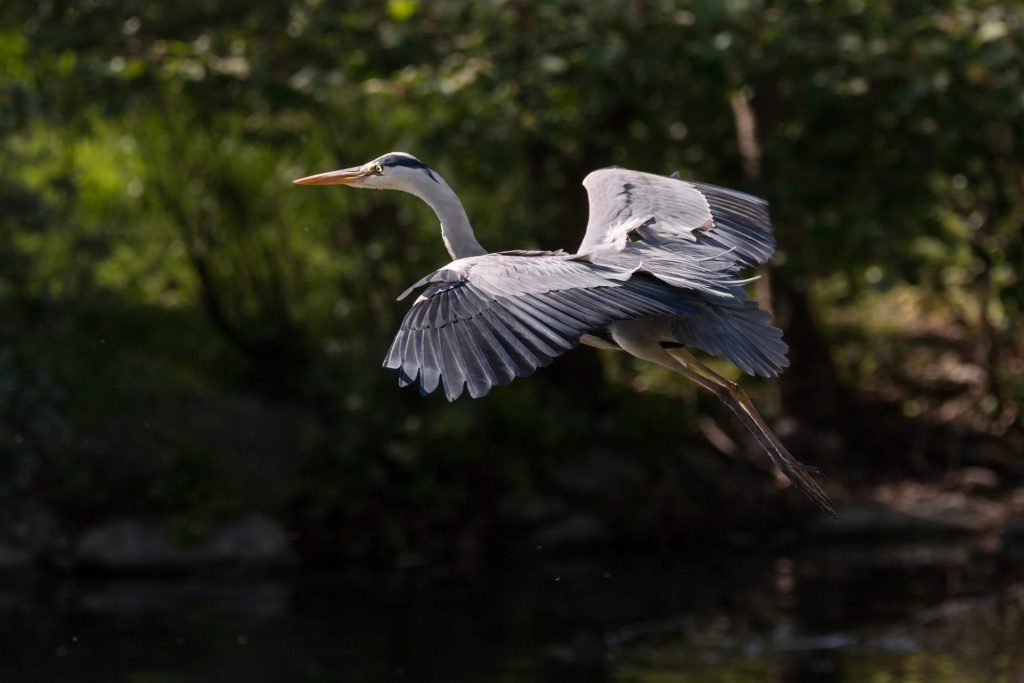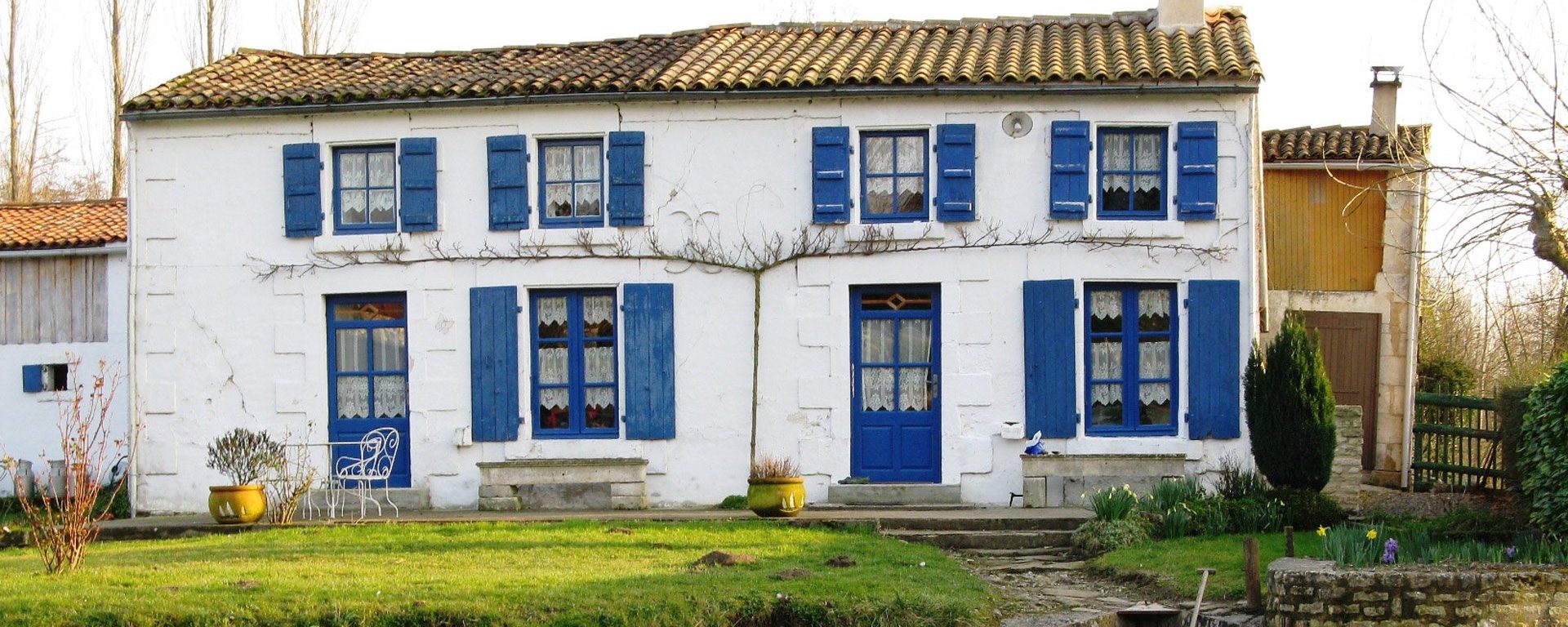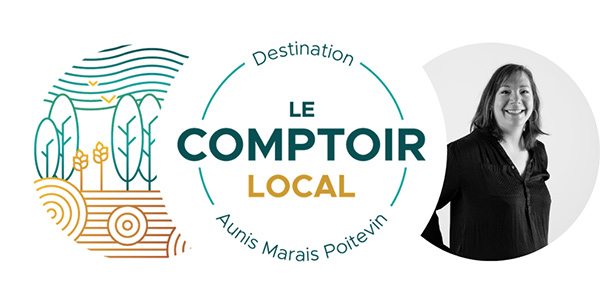A short time ago, I discovered a book that I had been told a lot about and which fascinated me, “The Guardians” by Ernest PEROCHON.
The story takes place during the First World War, in Deux Sèvres, in a place that I know well, the “wet marsh” of the Marais Poitevin. Beyond the homage paid to women through this novel, there is a whole section that deals with the lives of men, women in this case in this book, in this Marais Poitevin.
Today, one walks there easily, one picnics there, one makes there the boat, the bicycle, one fishes there, one strolls there. But we tend to forget that it was not always so! I then looked a little at the question: What was it like to live in the Marais Poitevin, at a time when the only mode of transport was the boat on the waterways?!
In the wet marsh, water is omnipresent. The inhabitants, who are called the maraîchins, build their houses between the land streets and the waterways, which still today gives us charming little villages to visit such as La Garette, Damvix or Coulon for example.
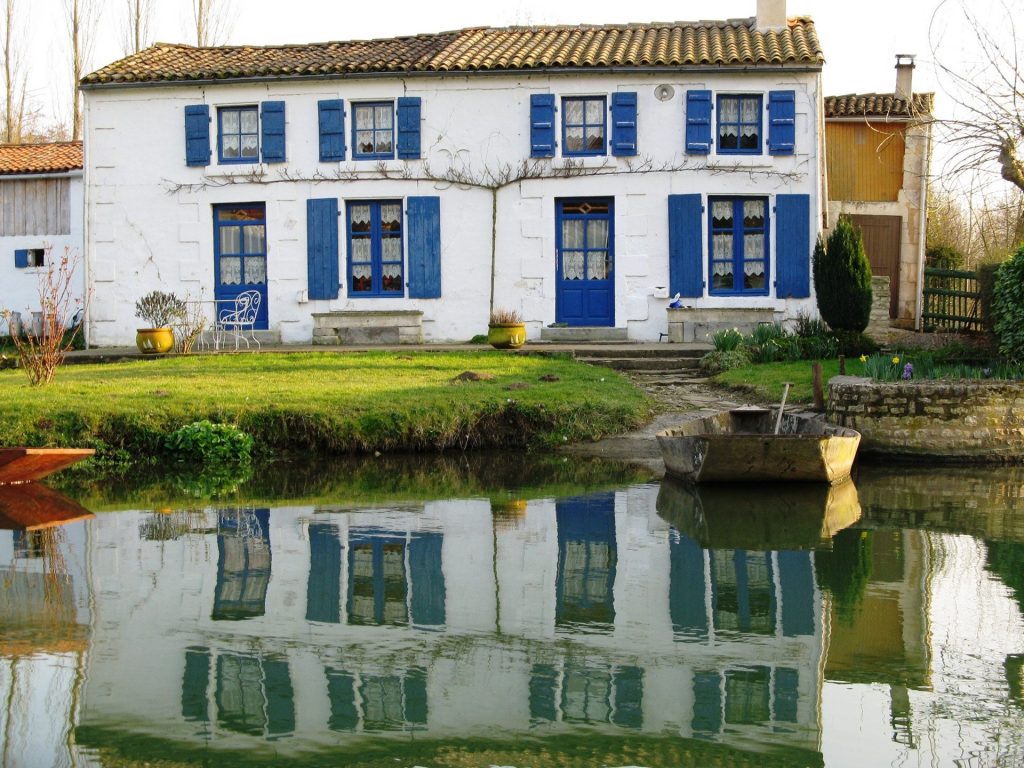
Generous Marais Poitevin!
The maraîchins find everything they need around them. Their houses are built from materials they find in the marshes: the frame is made of poplar wood, the insulation of the roof is made of reed assembled and bound in bundles, the tiles come from bri, this famous clay extracted from the marshes. , which are made in the local brickyards (I also advise you to visit the Briqueterie de La Grève sur le Mignon, a little gem of industrial architecture…). Only the walls are made from limestone from quarries located in the neighboring plains.
The housing part is often turned towards the street while the agricultural buildings are turned towards the water, towards these small navigable waterways which have been called conches. But how not to get lost in this maze of small canals, without a map or GPS? Quite simply, men gave names to these conches, as one gives names to streets, which enabled them to find their bearings as one finds one's bearings in the streets of a big city.
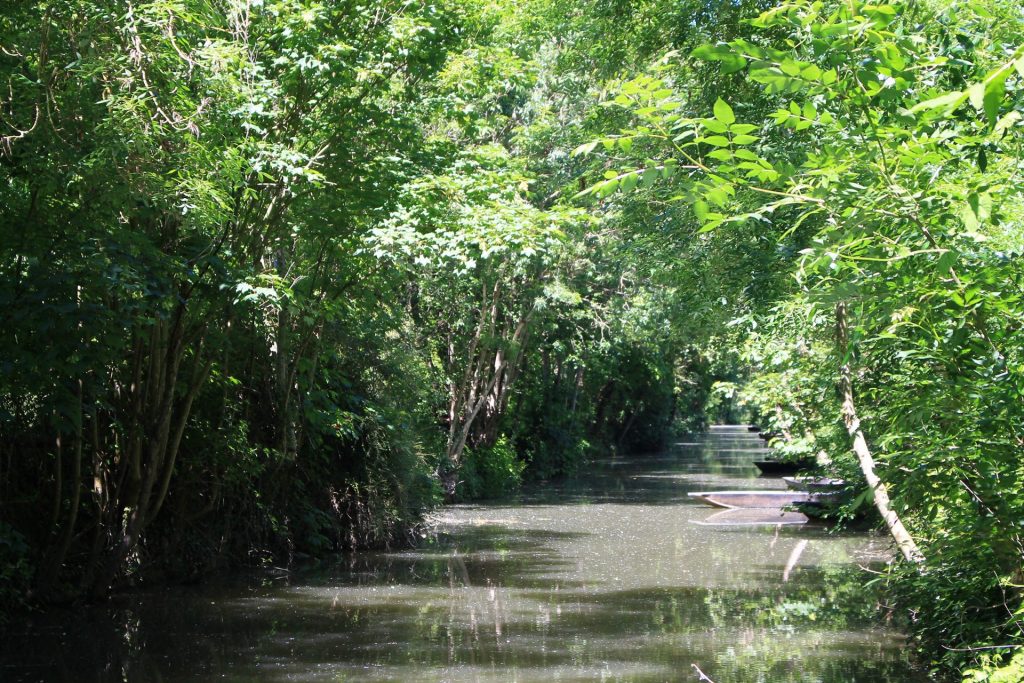
And yes because you see, in the Marais Poitevin, we don't travel by land, we travel by boat. They are the ones who act as a cart to transport goods, to transport animals or simply to go from one village to another. It is then common to see cows passing by in boats in the heart of the marsh. These boats are “flat” and they are the ones that, even today, allow us to enjoy beautiful walks in this green labyrinth. Funny name you will say to me, the “flats”…
These boats have a big advantage, they are flat and thus allow navigation through conches with little water and therefore little depth, especially in summer. The maraîchins thus navigate thanks to “a pigouille”, this long pole made of willow or ash wood, 4 meters long, which each maraîchin makes a point of making himself, allowing him to easily propel the “flat” filled with three tons of animals or equipment.
Easily? Not that much, I assure you it's a real helping hand!
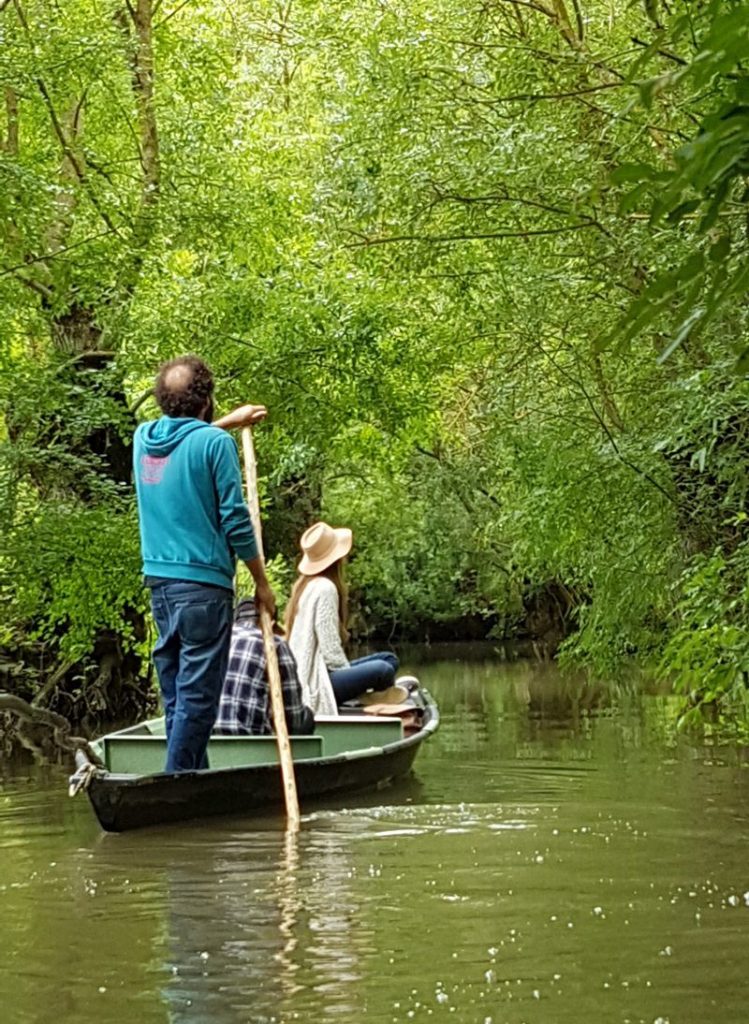
Rude Marais Poitevin?
Not more than elsewhere finally. It is true that the floods come back every winter but the maraîchins are used to it and adapt to it. The Marais Poitevin provides for all their needs: poplar for heating, eels for dinner, coolness during the summer.
In this labyrinth of greenery, fauna, flora and man cohabit and respect each other. One thing is certain, despite the difficulties it can be to live in a marsh for nothing in the world, the market gardeners of yesterday and today would not want to live anywhere else! Give it a try, all it takes is a stroll through the heart of this marsh to be seduced in turn by its tranquillity, its peace of mind, its beauty, its grandeur.
